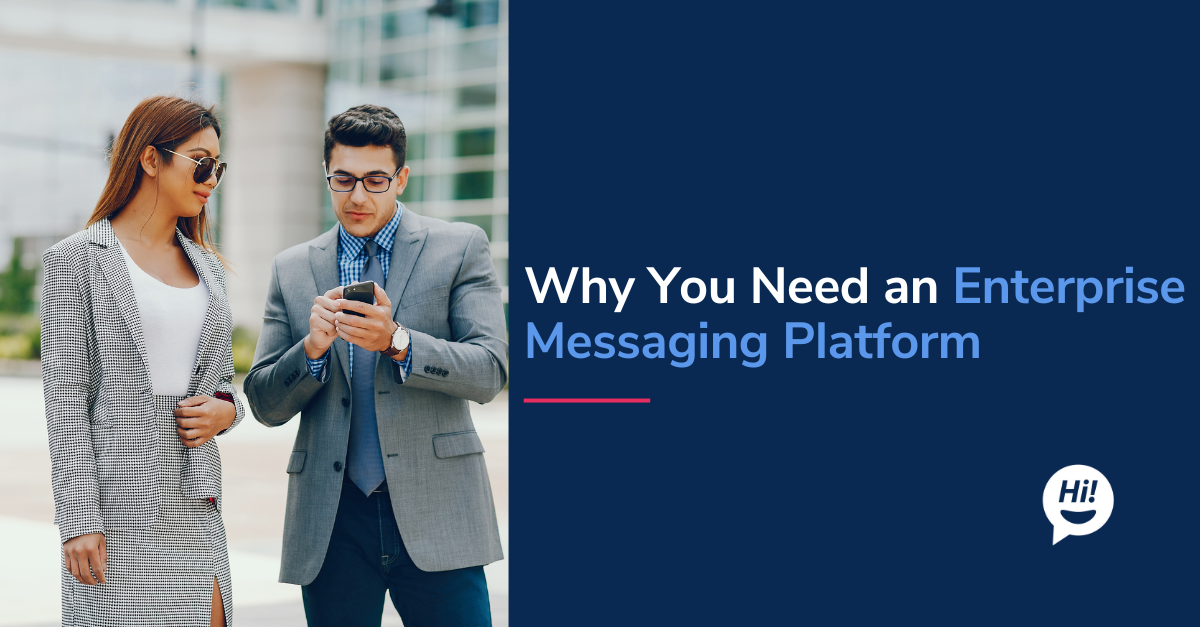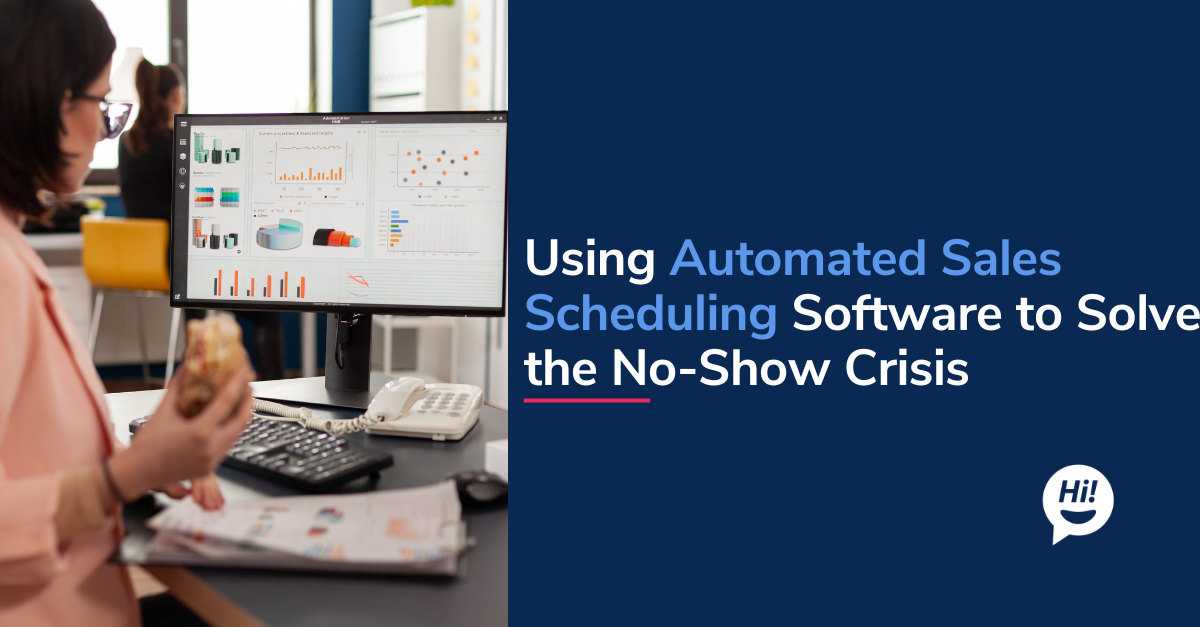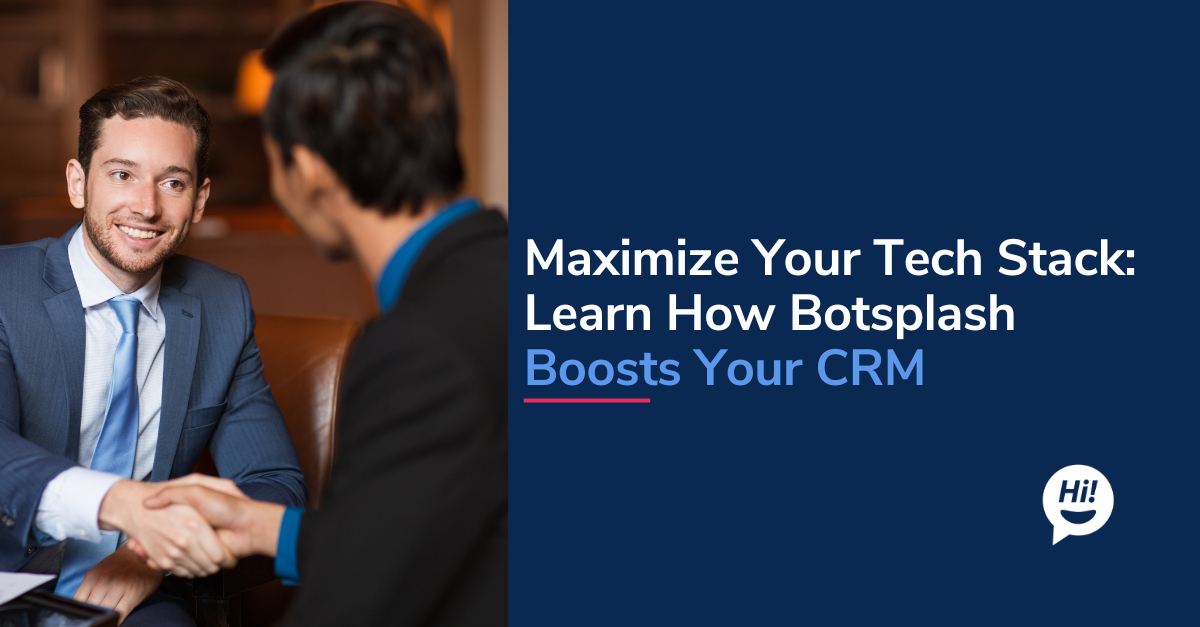Did you know that 91% of consumers are more likely to shop with brands that recognize, remember, and provide relevant offers and recommendations?
This is just one of many statistics showing personalization's growing importance in today's competitive business landscape. Personalization is all about understanding the customer's unique needs and crafting a tailored experience that resonates with them on a deeper level. The main goal is to make them feel the product and services were created for them.
So, let's dive into detail on the importance of personalization and why it's no longer a nice-to-have feature but an essential part of customer engagement.
Benefits of Personalization
Today, personalization is no longer just a marketing strategy: it's a way for businesses to connect with customers individually. When you prioritize personalization, you can create a unique and satisfying experience for each customer, fostering stronger relationships and reaping long-term benefits such as:
Increased Customer Satisfaction
Personalizing your products and services to fit your customers' needs creates a sense of value and appreciation amongst your customers. This cannot be matched by a one-size-fits-all approach where they feel more like transactions or sales targets.
For example, Nike offers custom-designed shoes giving customers the power to design them based on their needs and preferences. This shows that Nike cares about its customers and regards them more than just transactions. As a result, Nike has created a more satisfying and rewarding experience that keeps customers returning for more.
Increased Customer Loyalty
But then, personalization goes beyond customizing products. It's about creating deep emotional connections and making your customers feel acknowledged and heard. When customers feel that a company understands their needs and preferences, they are more likely to remain loyal to that company.
Starbucks is an excellent example of a company leveraging the power of personalization. They offer personalized drinks, a mobile app with rewards, customized drink recommendations, and the convenience of ordering ahead. And let's not forget their iconic "Name on the Cup" strategy. These seemingly small details create a highly personalized experience for each customer, increasing their loyalty and encouraging repeat business.
Improved Marketing Effectiveness
In today's crowded digital landscape, standing out from the competition can be challenging. But, adding a pinch of personalization can do wonders in marketing. In fact, according to a study by Campaign Monitor, emails with personalized subject lines are 26% more likely to be opened. Thus, by tailoring your messages and offers to each customer's unique interests and preferences, you can attract and retain more customers, boosting your marketing campaign.
Amazon, for example, uses personalization in its email marketing by recommending products based on a customer's past purchases and browsing history. Doing so creates a more personalized and relevant experience for each customer, increasing the effectiveness of their marketing campaigns.
Higher Sales and Revenue
Personalization can lead to higher sales and revenue, as customers are more likely to purchase when they receive personalized product recommendations and offers. This can also increase lifetime value, as customers are more likely to return and make repeat purchases.
For example, Netflix uses personalization in its recommendations engine to suggest TV shows and movies based on customers' viewing history. This creates a personalized experience for each customer, which increases the likelihood of them continuing their subscription and generating more revenue for Netflix.
Increased Engagement
When customers feel that a business understands their unique needs and interests, they are more likely to engage with that business, whether it's through making a purchase, leaving a positive review, or referring friends and family.
For example, Spotify analyzes your listening habits and creates personalized playlists based on your preferences and liked/favorite music. This makes it easier to discover new music you're likely to enjoy, keeping you engaged with the platform.
Unlocking the Power of Personalization with the Power of Customer Data
You now know that personalization is a powerful tool to help businesses build stronger customer relationships. But here's the real question, how do you personalize your products and services? Well, the answer is through the power of customer data.
To truly understand your customers, you need to know them intimately. And the best way to do that is by gathering customer data. This data includes personal information, purchase history, demographics, past behavior, and interests.
Collecting and leveraging customer data allows you to gain valuable insights into their preferences, behavior, and needs. This will enable you to segment your customers into groups with similar characteristics and tailor your products, services, and messaging accordingly.
But segmentation is just the beginning. With data, you can take personalization to the next level with predictive analysis. This involves using data to anticipate what a customer might want or need. By analyzing past purchase history and browsing behavior, you can predict what products a customer might be interested in and then personalize offers accordingly.
For these reasons, data plays a vital role in unlocking the full potential of personalization. With the proper data and tools, you can create more engaging and relevant experiences for your customers that keep them returning for more.
Challenges of Personalization
While personalization can benefit customers and businesses significantly, it also presents several challenges. Some of the key challenges of personalization include the following:
Data Scalability
As your business grows, so does the need for more personalized customer experiences. But, it becomes increasingly challenging to collect, filter, and analyze this data. Scaling personalized experiences can be a big challenge, and many businesses struggle to keep up with the volume of data required to do so effectively.
Data Privacy Concerns
Data privacy concerns are the real challenge to personalization. With data breaches and leaks becoming increasingly common, customers are understandably hesitant to share their information. Therefore, you must ensure that you collect, store, and use data responsibly and ethically.
Data Quality and Accuracy
People are dynamic in nature, i.e., their needs, preferences, and tastes change frequently. But, effective personalization depends on accurate and up-to-date customer data, which can be a challenge due to the volatile nature of customer data.
Segmentation for Personalization
Segmentation is the key to personalization at scale. By grouping like-minded customers into smaller groups, businesses can send more targeted messages to each subset. However, finding the basis for segmentation can be a challenge.
Omnichannel Delivery Challenges
Today, most businesses are looking to improve their customer experience and must deliver a personalized experience regardless of their interaction channel. However, the lack of data synchronization across channels poses a significant challenge.
Too Much Personalization
Personalization is a double-edged sword. Too much personalization can lead to annoying and unpleasant customer experiences. Customers may also feel your company is invading their privacy, leading to a lack of trust. For this reason, it's essential to strike the right balance and be a friend who understands and knows the customer, not a stalker who follows their every move.
Personalize Your Customer Engagement with Botsplash's Feature-rich Platform
At Botsplash, we understand that personalization is the secret sauce to unlocking exceptional customer experiences. That's why our platform offers many features designed to make personalization effortless.
Here are some ways Botsplash allows you to personalize your engagement process:
- Omnichannel Engagement: With Botsplash, you can seamlessly engage with your customers across various channels, including text, webchat, and social media. You can provide a consistent, personalized experience that builds trust and loyalty by meeting your customers where they are.
- The Blurb: Botsplash's Blurb feature provides easy access to conversational summaries, making it simple to identify the key insights you need to personalize future interactions.
- Personalized Messaging: With Botsplash, you can personalize your messaging using token replacements incorporating customer-specific data, such as their name, phone number, and address. This helps make your messaging more relevant and engaging, increasing the likelihood of positive customer response.
- CRM Integrations: By integrating with your CRM system, Botsplash makes it easy to access important customer data, including contact information, purchase history, and support tickets. This equips you with customer data for personalized service and support.
- Spanish Translation: At Botsplash, we understand that personalization isn't just about meeting your customers' needs - it's also about respecting their culture, identity, and language. That's why we offer Spanish translation as a feature, allowing you to acknowledge and connect with your Spanish-speaking customers.
- Dark Mode: Sometimes, the little things matter. By allowing your customers to choose between dark and light modes, you are giving them options to choose the mode they are most comfortable with.
Conclusion
Personalization is no longer a "nice-to-have" feature. It's a necessity to survive and succeed in the cut-throat business world. Thus, by prioritizing personalization, you can build lasting customer relationships and stand out in a crowded and competitive landscape.
At Botsplash, we are committed to helping businesses provide personalized customer experiences. Our platform offers a range of features, including omnichannel tools, CRM integrations, customized messages, and more, allowing companies to engage with their customers more personally.
If you want to know more about Botsplash and its features, request a demo to learn how we can help you create more personalized customer experiences.
To learn more about Botsplash click the button below to schedule a demo with our team.






